From the moment humanity first drew pictures on cave walls to today’s digital symphonies composed by algorithms, the creative spirit has always been a signature of what makes us human. But now, standing at the cusp of a technological revolution, one question echoes louder than ever: how is the rise of artificial intelligence transforming the very essence of human creativity?
The Collision of Code and Creativity: A New Artistic Renaissance
Once considered the exclusive domain of poets, painters, and philosophers, creativity has found a new partner—artificial intelligence. With machines capable of composing music, painting masterpieces, and even writing novels, we are no longer the only artists in the room. Rather than replacing human expression, the rise of artificial intelligence has sparked a renaissance where technology becomes a collaborator, not a competitor.
Take OpenAI’s Sora or DALL·E, for example. These tools do not just replicate creativity—they reinterpret it. A prompt becomes a performance, a command becomes a canvas. In this new era, artists don’t just hold brushes or pens—they wield datasets and neural networks. AI is not stealing the spotlight; it is changing how the spotlight works altogether.
Shaping the Storyteller: How AI is Transforming the Creative Process
Writers once wrestled with blank pages. Now, they brainstorm with bots. Filmmakers storyboard using generative models. Designers feed sketches to neural networks that return refined prototypes. The future of human creativity is no longer limited by physical tools or time. Instead, it is being extended and elevated through intelligent collaboration.
On platforms like ChatGPT, writers are crafting characters in minutes. Musicians use AI plugins that intuitively accompany their melodies. Far from diluting originality, AI amplifies it—allowing creators to break past their blocks and unlock new dimensions of expression. This isn’t automation; it’s augmentation.
The Ethics of Inspiration: Where Does Human End and Machine Begin?
As we embrace this partnership, deeper questions emerge. Who owns an artwork generated by an algorithm? What does originality mean in a world where machines can remix every brushstroke in history?
Here, humanity must steer the wheel. The rise of artificial intelligence demands not just technological fluency but ethical literacy. Creators must define boundaries, acknowledge sources, and ensure that inspiration doesn’t become imitation. AI may be brilliant, but it lacks intention and emotion—qualities still unique to the human heart.
Human Creativity in the Age of AI: A Dance, Not a Duel
We often picture the future as a clash—humans versus machines in a cold technological standoff. But in reality, it’s less of a confrontation and more of a composition. Like a symphony, creativity in the age of AI is becoming a harmonious blend, where each element—human intuition and machine intelligence—contributes to a richer, more dynamic whole.
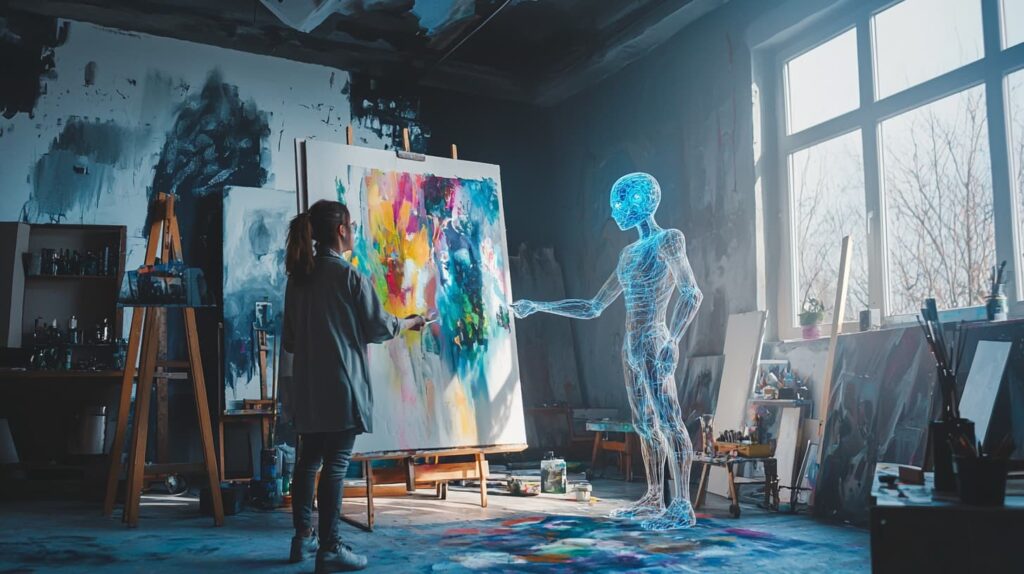
Across industries, this synergy is unlocking entirely new modes of expression. Architects collaborate with algorithms to design structures that respond to environmental data in real time. Filmmakers use AI to visualize scenes before the first frame is shot. Even fashion designers are harnessing machine learning to predict trends and craft styles that resonate with future aesthetics. The result? A creative frontier where innovation is no longer linear but exponential.
And yet, amid all this advancement, one truth remains: it’s the human spark—our curiosity, emotion, and sense of wonder—that gives creativity its soul. AI may help us shape the future, but only we can give it meaning.
Beyond the Horizon: Embracing the Infinite Possibilities of Creative AI
What lies beyond the horizon is not the end of human creativity but its transformation. As we integrate AI deeper into our processes, creativity becomes more inclusive, accessible, and boundary-less. A teenager with a smartphone and an idea can create a short film with cinematic quality. A disabled artist can paint through eye movements, interpreted by an AI interface.
The future of human creativity will be defined not by how AI creates, but by how we create with it. And that future is already unfolding before us—bold, beautiful, and breathtakingly original.


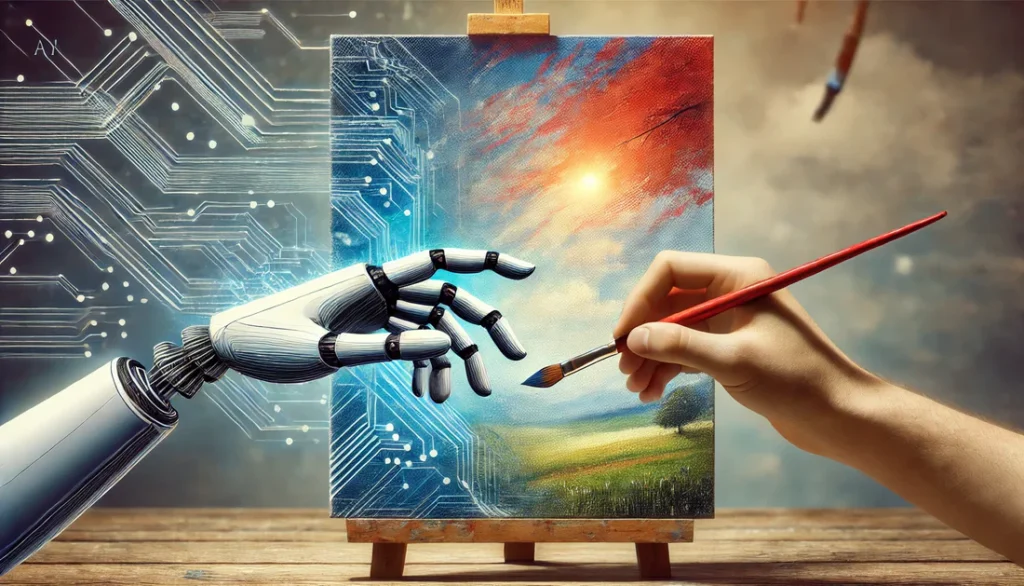
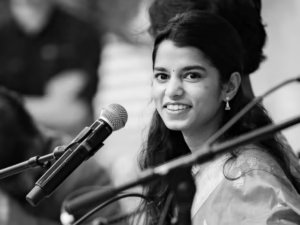
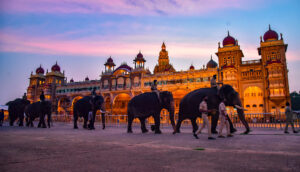
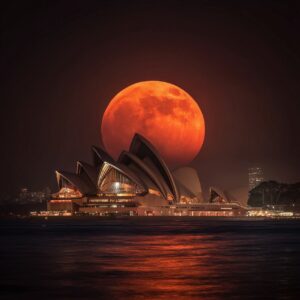
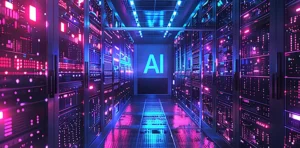
More Stories
Maithili Thakur: From Folk Singing Sensation to Rising Political Star
Mysuru Dasara: The Royal Festival of Karnataka – History, Culture, and Celebration
Blood Moon Over Sydney: Unveiling the Celestial Show with Telephoto Magic